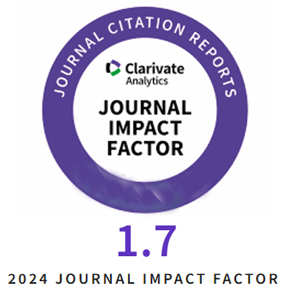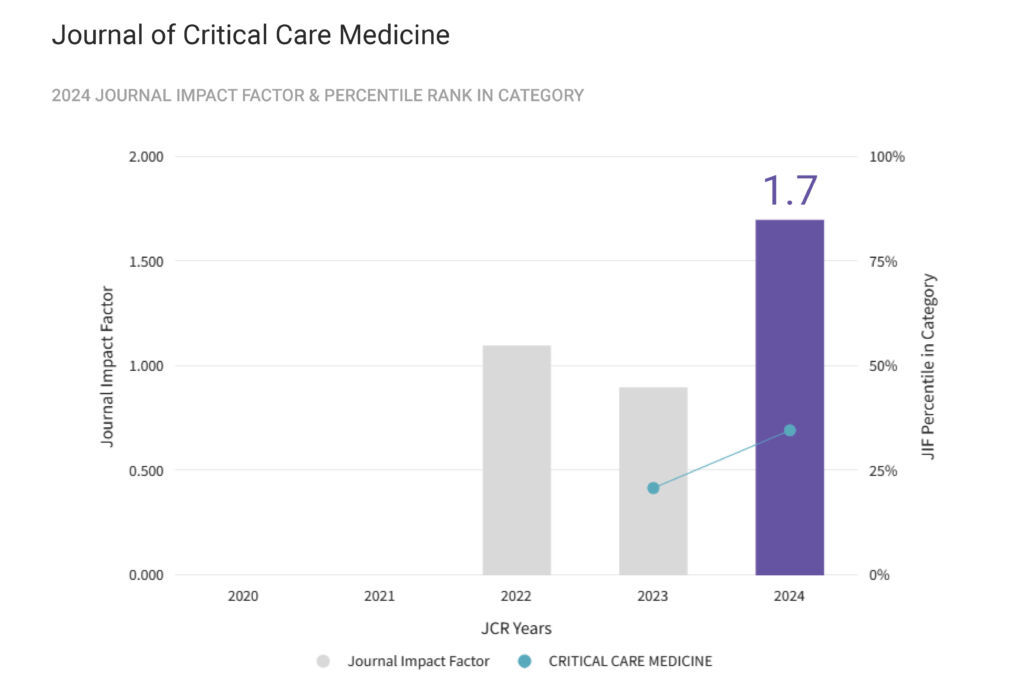Background: Family members in intensive care units (ICUs) may develop post-intensive care syndrome-family (PICS-F), characterized by psychiatric disorders such as anxiety, depression, and post-traumatic stress disorders (PTSD). A previous study reported that approximately 13% of patient families in Japan develop PICS-F symptoms six months following ICU discharge, which is lower compared to other countries. However, this figure may be underestimated by administrative claims data in Japan. Although clinical guidelines recommend interventions to prevent PICS-F, the implementation rate of these interventions in Japan remains unclear. This study addresses the epidemiology of PICS-F among family members of ICU survivors and the implementation of interventions for preventing PICS-F in Japan.
Methods: A post-hoc analysis of a prospective multicenter cohort study was conducted, focusing on mechanically ventilated ICU survivors and their closest relatives. This study covered 16 ICUs in 14 hospitals between April 2019 and September 2020, using questionnaires to assess the PICS-F symptoms among relatives using the Hospital Anxiety (HADS-A) and Depression (HADS-D) Scale and the Impact of Event Scale-Revised (IES-R). The implementation rate of interventions to prevent PICS-F was also evaluated.
Results: Of the 151 surveyed relatives, 104 relatives were assessed after 6 months. Notably, PICS-F was identified among 45.2% of relatives, with depression (36.5%), anxiety (31.7%), and PTSD (24.0%). Relatives with PICS-F were less likely to maintain their original employment compared to those without (61.3% vs 85.3%, P=0.047). While 63.5% of relatives received at least one preventive intervention during the ICU stay, more than one-third received none.
Conclusions: The incidence of PICS-F in Japan is higher than previously reported, affecting nearly half of patient relatives. Moreover, the implementation rate of interventions to prevent PICS-F is low. These findings suggest the need for reinforced socioeconomic support.
Incidence rate of post-intensive care syndrome-family in Japan: A post-hoc analysis of a prospective observational study
DOI: 10.2478/jccm-2025-0042
Keywords: caregiver burden, ICU liberation bundle, caregiver stress, Keywords: post-intensive care syndrome, post-intensive care syndrome-family
Full text: PDF










